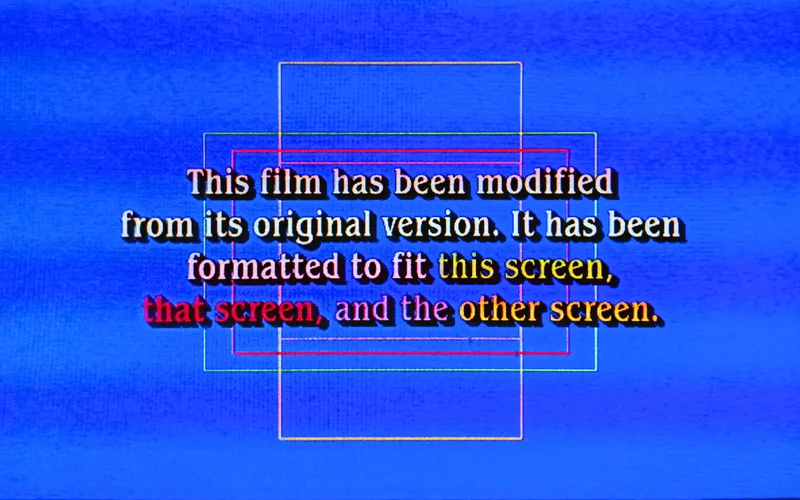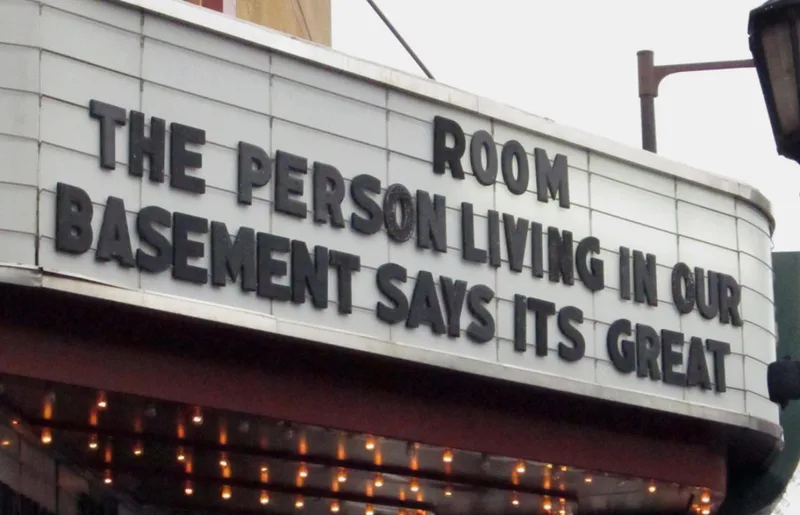By Foster Kamer @weareyourfek
Behind the ecstatic aesthetic of squiggles, stars, and confetti
In the fall of 1997, a blurb appeared in the Atlanta Business Chronicle. AMC Theaters was launching a “brand new concept… a fancy interior that transforms the otherwise plain theater into a science-fiction, high-tech experience,” replete with decorative planets, the colors teal, purple, and yellow, and a “generally upbeat design.” Its name: the Odyssey.
My own version of the Odyssey was the UA Showcase in the late 1990s in the Las Vegas Strip. The memory of the place is hazy (though I remember stumbling out of Go, 13 years old and giddy from successfully sneaking in) but the feeling of the UA remains. Futuristic. Y2Kish. Imagine: gray gradient carpets with cheddar yellows and splashes of teal absolutely everywhere. It was, generally speaking, upbeat. But it was weird! If you went to the movies around this time anywhere in the United States, you might’ve registered a similar aesthetic. Like cartoon corporatism and hypermodernism getting smashed through a cultural particle collider. It was ambient and nearly universal, and yet absolutely the opposite of timeless. One year into life without movie theaters and you might begin to wonder: What was that?
You might start thinking first about the carpets. Those frenzied, high-octane, blacklight carpets that took over movie theaters for a small, fixed period of time and then mostly just… went away. Like an obscure one-hit-wonder earworm, the carpets might keep bugging you, prompting you to wonder: How is it that we, as a society, spent that much free time in these bizarre wall-to-wall settings without ever wondering what acid-doused party monster’s fever dreamt them up? Who decided this is what movie theaters should look like? What was this “style” even called?
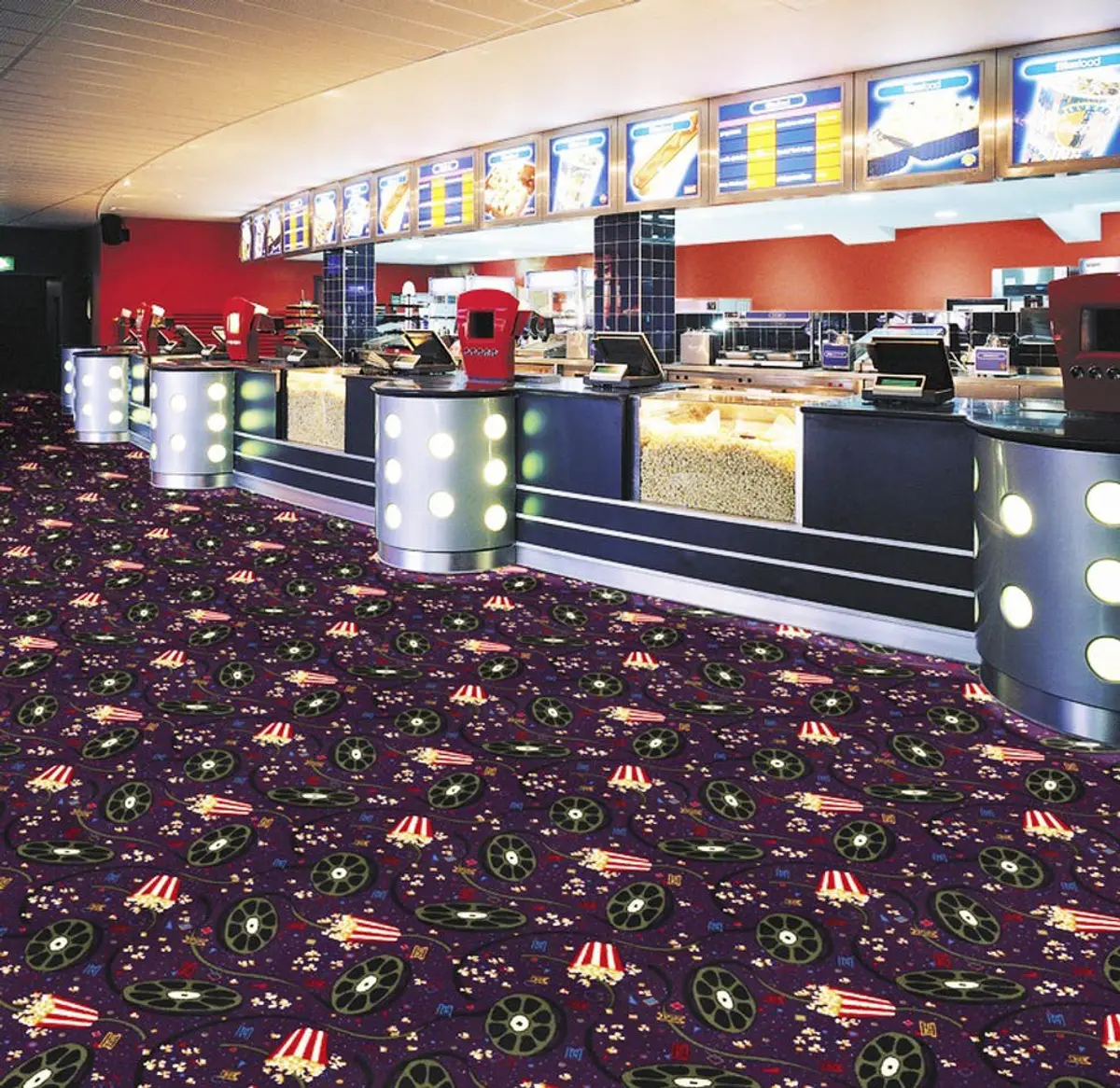
Do you think what you’re about to read is simply, like, an etymology of carpet? If only. If those carpets could talk, they’d tell you a story about late-90s economics, showbiz, multiplexes, and an era of world-building that changed moviegoing as we know it—maybe more than any other.
I learned much of this from Dimensional Innovations, a design firm in Kansas City. They take on the kind of urban planning projects that spiff up cities but don’t generate a ton of buzz: a Whole Foods here, a pedestrian bridge there. (One notable exception: this dinosaur bursting out of the Arizona Museum of Natural History.) They also design movie theaters, and have worked with AMC since the early 1990s. When asked about those carpets, and an explanation for them, they mostly laugh. “A lot of the theaters we did in the ‘90s were heavily themed, and had concepts from spaceships to jungles,” says Tucker Trotter, Dimensional’s CEO. “It seemed on-trend.”
The aesthetic was ambient and nearly universal, and yet absolutely the opposite of timeless.
It was a weird time for going out. The house performances at the Hard Rock Cafe. The hourly “storm” at the Rainforest Cafe. New Yorkers could go to Ninja, where a masked guide gave you a password to lower a drawbridge to your table, or Mars 2112, which escorted diners around the restaurant via a “rocket” ride to Mars. Angelenos might remember when Steven Spielberg mounted an immersive submarine-themed restaurant called Dive! where sirens blared and the room became faux-submerged in water. (Dive! opened in Vegas, and I went when I was 12. It was brain-meltingly incredible.)
Movie theaters had a hell of a lot to compete with, including one another. Hence AMC’s Odyssey experience. Remember the Regal Cinemas snacks ad, simulating a roller coaster through space? That debuted in the 1990s. Theater chains wanted moviegoing to feel larger-than-life. You weren’t just watching a film from somewhere besides your sofa—you were Going to The Movies!
But why the carpets? According to Dimensional Innovations, it was actually a practical maneuver. Once the global blockbuster era hit full swing (think Jurassic Park, Titanic, et al) people were going to the movies in droves, spilling their sugary drinks and melty Milk Duds on the floor in record numbers. “There used to be tile underneath the seats,” says Trotter. “It made it easy to clean, but people complained about how their feet would stick to the floor. These places were dirty.”
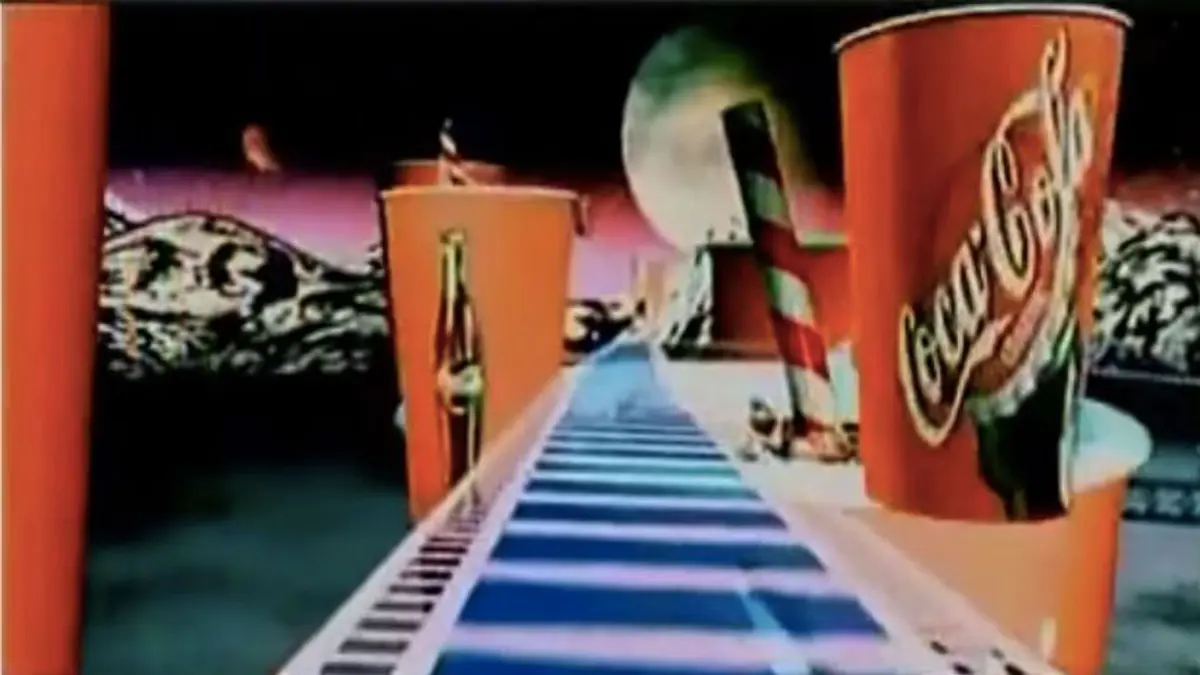
Enter the carpets—ones with hectic patterns in every shade of neon known to Pantone. “It’s got so many different colors in it, you can spill coffee or Coke or popcorn and it won’t show,” Trotter says. The Dimensional Innovations team would actually dump Coca-Cola on these new carpets, let it soak in, walk all over them, and check to see if it changed the colors. It didn’t. Even blacklight lights wouldn’t reveal the stains. “It was a pretty genius design,” says Trotter, still laughing, “just horrible.”
These sugary stress tests still paint an incomplete picture. Why these designs? Why a shared design DNA with Saved by the Bell? Why a circus of funky shapes, stars, and Pollack-esque neon lines? “Right, it could have been just three of the stars, it doesn’t have to be the entire pattern,” says Cynthia Katafiasz, an account executive for flooring company Durkan who’s worked with Dimensional since 2003. “But it’s kind of what makes it cool.”
If those carpets could talk, they’d tell you a story about late-90s economics, showbiz, multiplexes, and an era of world-building that changed moviegoing as we know it.
Katafiasz tells me that they officially branded this genre of carpeting as Electra-Dye. The chaos was a response to the desires of multiplex owners in the 1990s. They wanted something outlandish, that made you feel like you were at a theme park—and they got it. The Durkan Fun Time Collection of patterns was born, a carpet catalogue containing a boundless galaxy of squiggles, stars, planets, movie reels, gradients, confetti, swirls, soundwaves, swishes, and more. You can still buy them for your own home theater. They’re for sale, so you’ve got to assume someone has.
In public movie theaters, however, those patterns have since faded to black. More accurately, they faded to beige and maroon. The Dimensional guys said that by the mid-aughts, movie theaters shifted towards more upscale designs: Art Deco-inspired “old Hollywood” interiors, or even just spaces that look like nice hotel lobbies. In an effort to go upmarket, movie theaters started offering larger and therefore fewer seats. Presumably, these fancier patrons didn’t spill their beverages that often. Y2K came and went, and these bizarre, almost belligerently-colored carpets went with it.

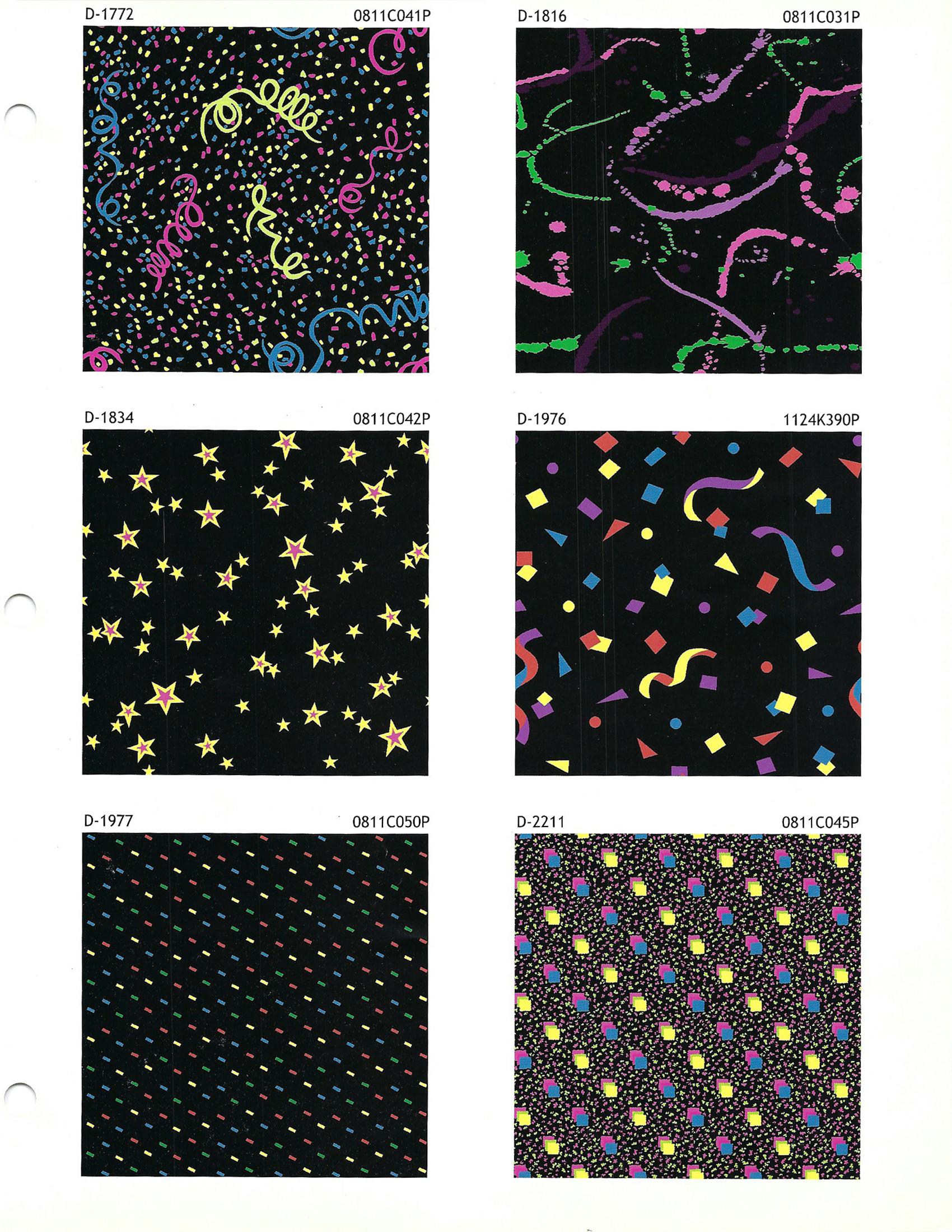
Not a massive loss. They’re just carpets, right? Katafiasz points out that you can still find Electra-Dye in places like roller-rinks, Cosmic Bowling alleys, and (of all places) strip clubs. But there’s something about the Durkan Fun Time collection that still feels most at home in a movie theater—a place where you can slip into another world, and escape the shared aesthetics of the home, a hotel chain, and anywhere else that’s beige and understated.
Katafiasz agrees. She’s been in the carpet business for a long time, and doesn’t get called up all that often to talk about this brief period of carpeting. Mid-explanation, deep in the lost world of Electra-Dye, she sighs: “I hope it comes back. We all need a little bit of excitement in the world these days.”


